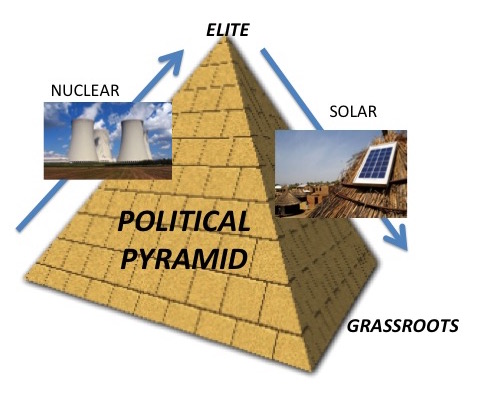False Solutions? 3 Ways To Evaluate Grand Climate Proposals
The climate news gets scarier by the day. February obliterated all records as the warmest seasonally-adjusted month since measurements began. At this rate, we’re on a path to blow through the 1.5º C temperature rise the nations of the world set as a goal at COP21, not in decades but in a few short years.

We’re going to be hearing a lot about grand solutions to our climate emergency in the coming years. Even if we were to bring net global carbon emissions to zero by mid-century, experts say, we’d need to suck a massive amount of carbon from the atmosphere to keep temperatures within a range of 1.5º-2.0º C this century.
There’s no shortage of proposals for how to do this. People are talking about changing how we do agriculture; capturing carbon from power plants; painting roofs white; fertilizing the ocean; and even spraying gold dust into the atmosphere.
How should we evaluate the proposals we’ll be hearing about to determine which ones to support and which ones will only lead to worse disasters? We need a way to distinguish authentic pathways to a sustainable civilization from false solutions. I suggest three ways to consider any proposal you might come across.
1. Does it push political power up or down the pyramid?
Political power is like a pyramid. At the top are the political leaders and the billionaires. In the middle are the minority fortunate enough to enjoy privilege. Most of the world’s population exists towards the bottom.
New technologies have a way of pushing political power either up or down that pyramid. Nuclear power, for example, requiring massive centralized investment along with extreme security, is notorious for pushing power to the top.

…click on the above link to read the rest of the article…